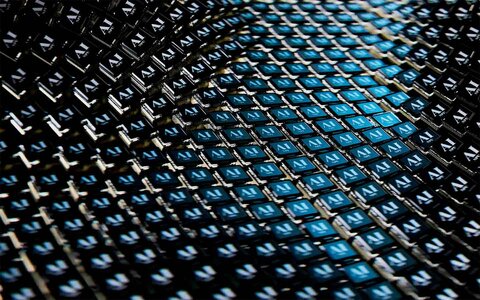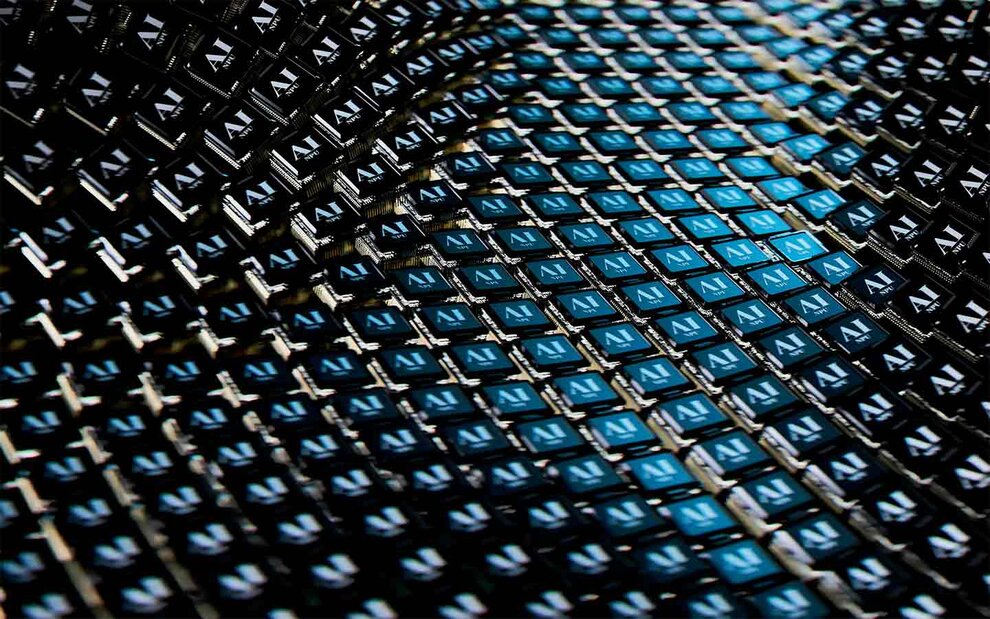International Seminar of Semiotics in Paris
2025-2026 Programme | Seminar Series


Between automatisms and the automatisation of language practices: towards a new semiotics of the stereotype
Events
See all events
Activities

Between Automatisms and the Automatisation of Language Practices
10 December | International Seminar of Semiotics in Paris

Between Automatisms and the Automatisation of Language Practices
3 December | International Seminar of Semiotics in Paris

Between Automatisms and the Automatisation of Language Practices
12 November | International Seminar of Semiotics in Paris
Published at 19 August 2025





